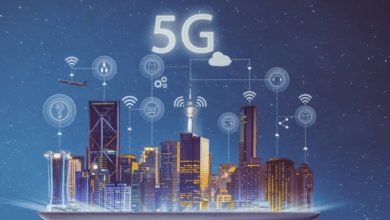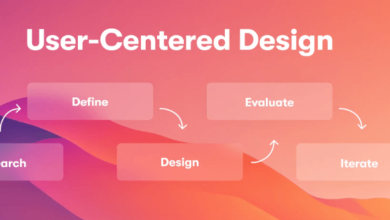The Impact of IoT on Urban Infrastructure

The integration of the Internet of Things (IoT) into urban infrastructure represents a pivotal shift in how cities operate and serve their inhabitants. By leveraging real-time data and advanced analytics, municipalities can enhance traffic management, streamline waste collection, and promote energy efficiency. Such advancements not only address immediate challenges but also lay the groundwork for sustainable urban development. However, the implications of these technologies extend beyond mere efficiency gains, raising questions about privacy, data security, and the future of urban living. What will these changes mean for the relationship between citizens and their cities?
Enhanced Traffic Management
Effective traffic management is crucial for the sustainability and efficiency of urban infrastructure, particularly as cities grapple with increasing populations and vehicle congestion.
Real-time monitoring systems provide instantaneous data, enabling swift decision-making while predictive analytics forecast traffic patterns, allowing for proactive adjustments.
This data-driven approach not only enhances traffic flow but also contributes to reducing emissions, ultimately fostering a more liberated urban mobility landscape.
Smart Waste Management Solutions
The integration of smart waste management solutions is transforming urban environments by leveraging IoT technology to optimize waste collection and disposal processes.
Smart bin sensors provide real-time analytics on waste levels, enabling municipalities to streamline collection schedules and reduce operational costs.
This data-driven approach not only enhances efficiency but also promotes environmental sustainability, empowering cities to manage resources more effectively while minimizing their ecological footprint.
Energy Efficiency Innovations
Advancements in IoT technology are not only reshaping waste management but also driving innovations in energy efficiency across urban infrastructures.
The integration of smart grids facilitates demand response programs, optimizing energy distribution. Enhanced building automation systems leverage energy monitoring and predictive maintenance, enabling seamless renewable integration.
Collectively, these innovations empower cities to maximize efficiency, minimize waste, and promote sustainable energy practices for a freer, more resilient urban environment.
Improved Public Safety Measures
Smart city initiatives are increasingly relying on IoT technologies to enhance public safety measures, creating a more secure urban environment.
Integration of surveillance technology facilitates real-time monitoring, enabling swift emergency response. Data analytics from connected devices allows for predictive policing and timely interventions, ultimately reducing crime rates.
These advancements empower citizens by fostering a transparent, responsive system, reinforcing their right to safety and freedom.
Conclusion
The integration of IoT in urban infrastructure demonstrates substantial potential for enhancing urban living conditions. For instance, cities utilizing IoT-enabled traffic management systems have reported reductions in congestion levels by up to 30%, significantly improving air quality and reducing travel times. Furthermore, the deployment of smart waste management systems can lead to cost savings of approximately 25% by optimizing collection routes. Overall, these innovations underscore the critical role of IoT in fostering sustainable and efficient urban environments.




